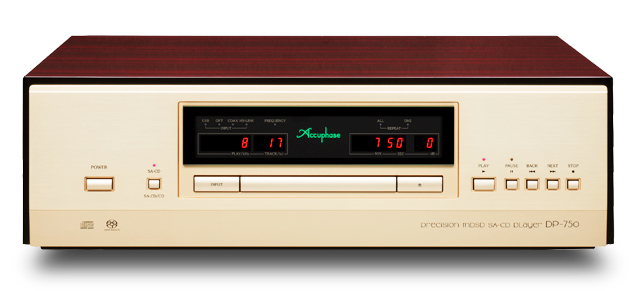chosen_too
Member
- Joined
- Oct 3, 2018
- Messages
- 94
- Likes
- 48
Very unlikely unless you listen at 90-100dB.
Thanks! Listening d50 to for two month without any complains, less fatiguing than Allo Boss for me because of more transparent sound.
Very unlikely unless you listen at 90-100dB.
Yep, D50 with THX AAA or Atom is fairly unfatiguingThanks! Listening d50 to for two month without any complains, less fatiguing than Allo Boss for me because of more transparent sound.
Not sure what the best DAC is reviewed here, which I'm very interested in knowing, but the Chord Mojo still seems to be the DAC to beat.
Why Mojo? Top performers are: OPPO UDP-205(discontinued/defunct comany), SMSL D1, Chord Qutest. All are in the $1k+ range though lol.Not sure what the best DAC is reviewed here, which I'm very interested in knowing, but the Chord Mojo still seems to be the DAC to beat.
Why Mojo? Top performers are: OPPO UDP-205(discontinued/defunct comany), SMSL D1, Chord Qutest. All are in the $1k+ range though lol.
The mojo performed well but in fact still worse than khadas/el dac/d50/enog2/grace sdac... (so many budget contenders really, bless healthy competition).
Probably the most expensive DAC/CD/SACD player with ES9028Pro chips available (~19000 EUR):
- http://www.accuphase.com/model/dp-750.html
- http://www.accuphase.com/technical_information/dp-750_technical_information.pdf

Looks like a Bakelite radio from that eraWhy does the aesthetics remind me of a late 70's era product though ?

I liked their earlier design better, with the hand crank and megaphone on top.Looks like a Bakelite radio from that era
RCA Victor?I liked their earlier design better, with the hand crank and megaphone on top.
Why Mojo? Top performers are: OPPO UDP-205(discontinued/defunct comany), SMSL D1, Chord Qutest. All are in the $1k+ range though lol.
The mojo performed well but in fact still worse than khadas/el dac/d50/enog2/grace sdac... (so many budget contenders really, bless healthy competition).
DX3 is the current best value all-in-one performer dac+amp. The DX7 is great yes, but the original non-s model would be rather hard to find. For DAC-only DX7s performance, the SU-8 is quite a lot cheaper.
Just raw distortion characteristics (its jitter is admittedly fairly faultless). Its SINAD is only 102dB which is not quite on the 108-110+ level of competiting products that are also cheaper..In lower price range of course... What backs up your statement of khadas/el dac/d50/enog2/grace sdac outperform the Mojo? Not questioning you dont get wrong. Just genuinely curious to know. The Mojo is more 'main stream' and gets a lot more exposure, and that comes at a cost. It was reviewed here but the measurements were different back then so difficult to compare to current products. I totally belive in technology advancement especially DACs and really want to know how new contenders fair against well-known products.
Just raw distortion characteristics (its jitter is admittedly fairly faultless). Its SINAD is only 102dB which is not quite on the 108-110+ level of competiting products that are also cheaper..
Also read this post if you haven't yethttps://www.audiosciencereview.com/...-thresholds-of-amp-and-dac-measurements.5734/
Just raw distortion characteristics (its jitter is admittedly fairly faultless). Its SINAD is only 102dB which is not quite on the 108-110+ level of competiting products that are also cheaper..
Also read this post if you haven't yethttps://www.audiosciencereview.com/...-thresholds-of-amp-and-dac-measurements.5734/
Yes, that's pretty much guaranteed except if you listen at ear-piercingly loud levelsGoing by that thread, the "ESS hump" is well below lenient limits and really should be a non-issue then.
View attachment 20079View attachment 20080
https://www.audiosciencereview.com/...nts-of-benchmark-dac3.3545/page-16#post-90519^^^ Very interesting. Perhaps this is what @John_Siau was hinting about in the DAC3 thread without divulging their secret sauce recipe?
